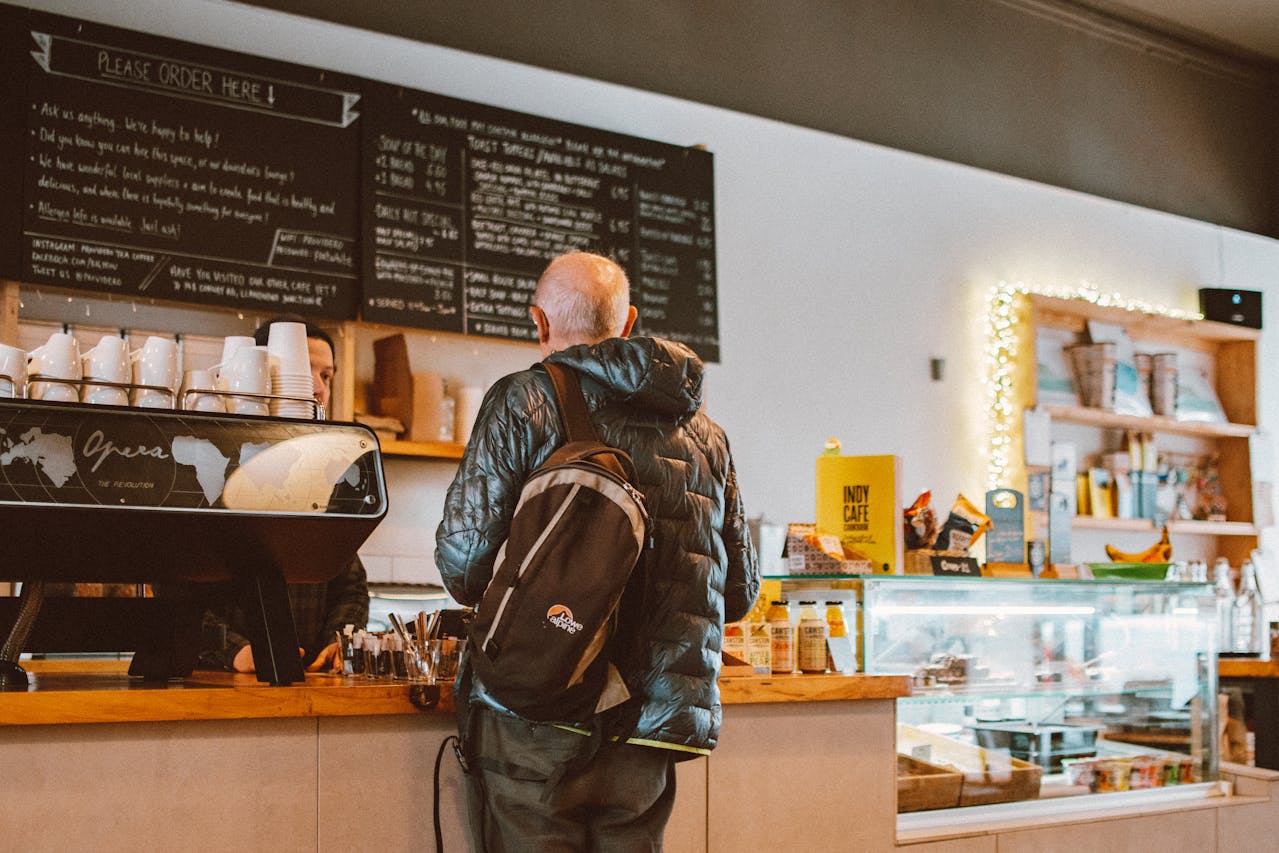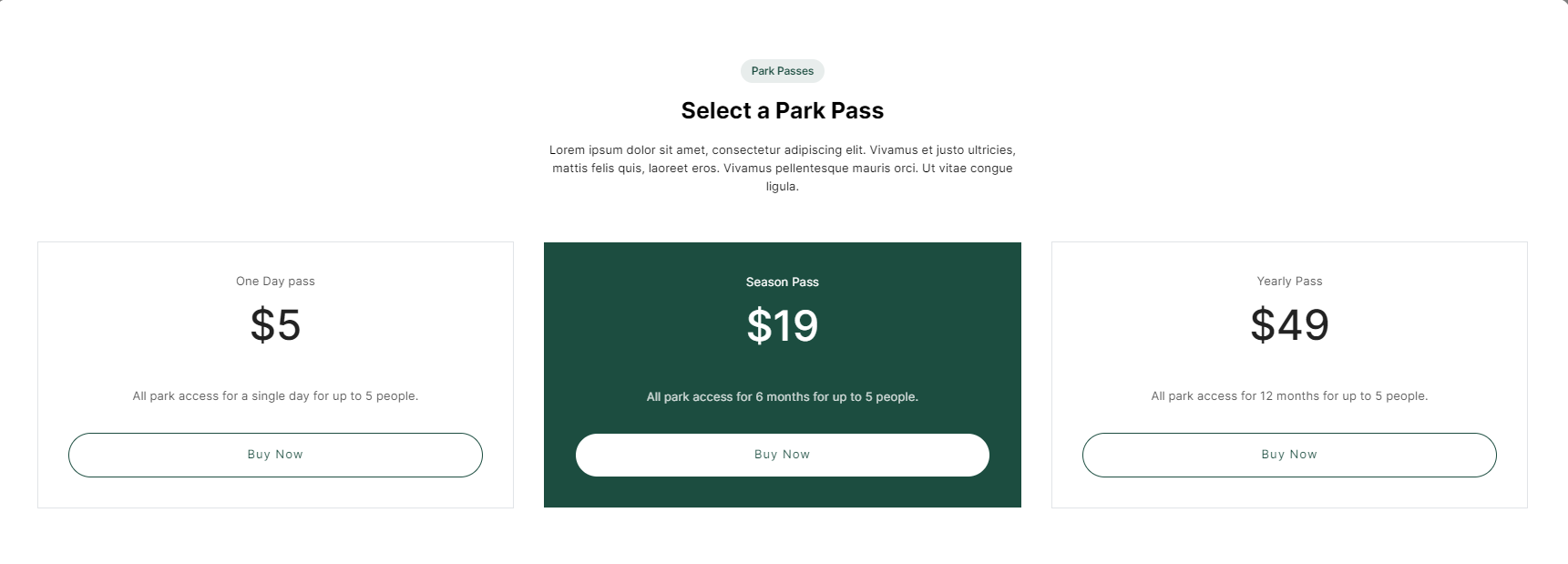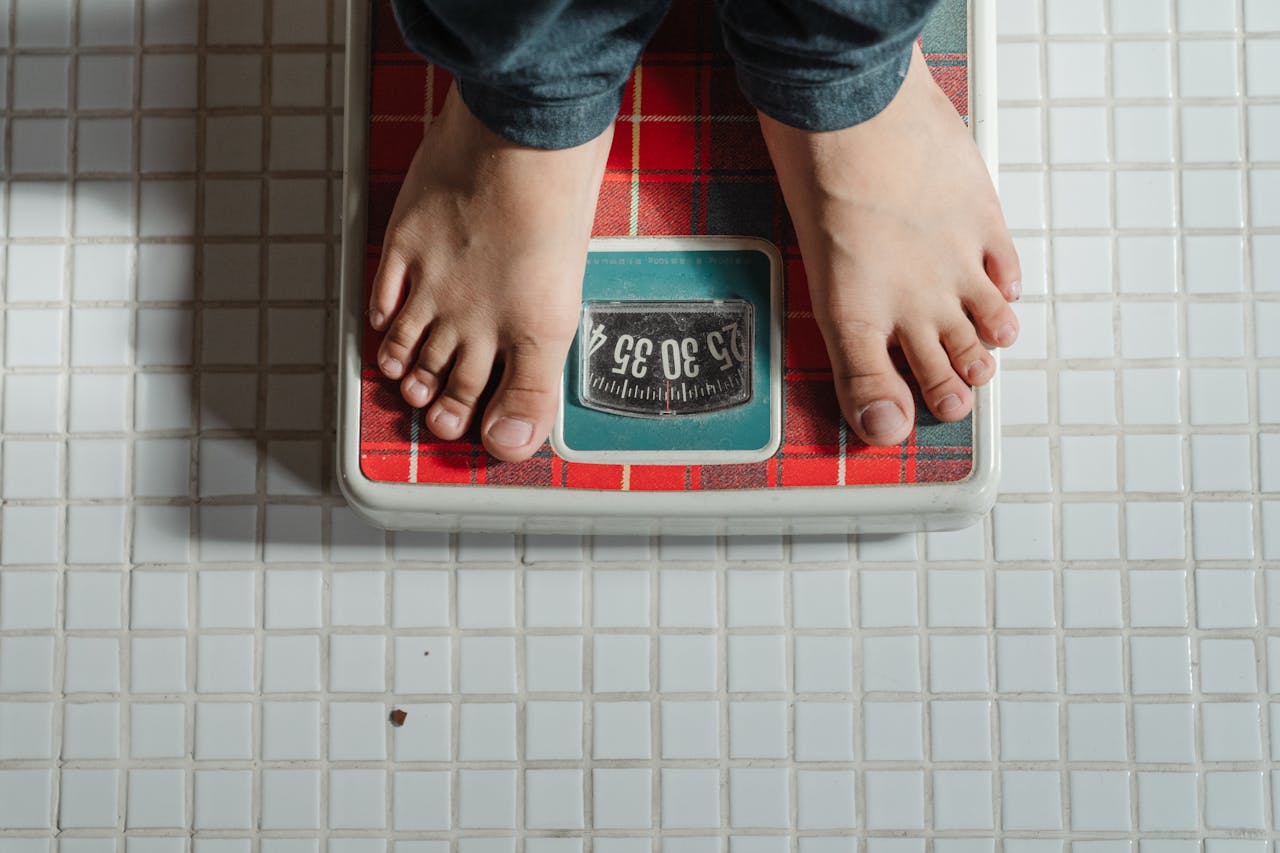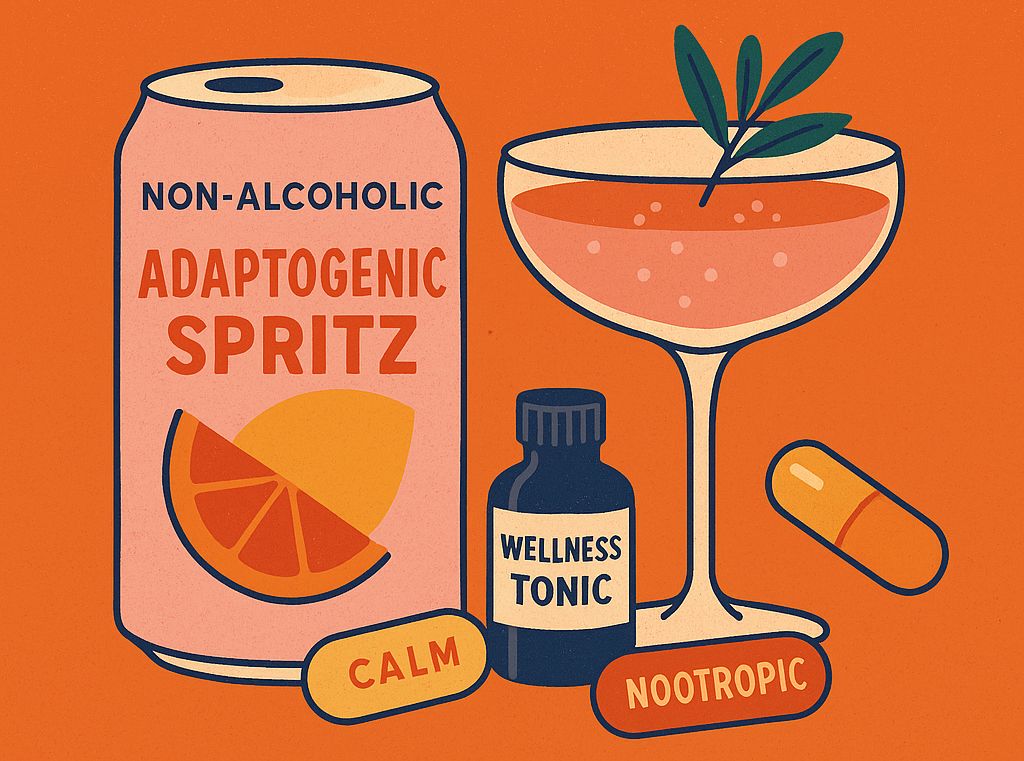Ozempic and other GLP-1 drugs are reshaping food, beauty, alcohol, and belonging. From snack sales to body ideals, marketers are rebranding around the “Ozempic Nation.”

The Hidden Power of the Middle
Ever find yourself going for the Grande coffee instead of the Tall or Venti? Or maybe you always opt for the standard subscription plan, steering clear of the basic or premium options? You’re not alone. Like Goldilocks, we tend to pick that sweet spot—neither too much nor too little, just right. Our brains are wired this way, naturally gravitating towards the middle option when faced with a range of choices.
And marketers know this. They expertly position the middle option to be the most appealing, nudging us to spend just a bit more, all while making us feel we’re choosing the most reasonable option.
Understanding the Middle Path where everything is “Just Right”
In the FADS Marketing book, we discuss how society often swings between extremes, either indulging excessively or restricting to the max. Take New York’s attempt to ban large soda sizes; people protested, shouting, “Don’t tell me what to do!” Yet, today, grocery stores are stocked with tiny quarter-sized cans and mini bottles. Why? Marketers seized the opportunity, essentially saying, “You can’t control yourself, so we’ll offer you better options.” And consumers embraced it.
Fear pushes us to extremes
We’ve been driven by fears—fear of missing out, fear of inadequacy, fear of poor health. These fears push us toward extremes, whether it’s splurging on high-priced specialty products or chasing the latest diet trends. But with all the data we have now, there’s a huge untapped market in the middle. It’s not about pushing more products; it’s about offering smarter options that align with balanced lifestyles. This is where the real future lies.
That’s the core of the Middle Path. In a world obsessed with extremes, balance is more crucial than ever. As outlined in the FADS book, this idea originates from a Buddhist concept, but you don’t need to be familiar with Buddhism to understand it. The Middle Path is about finding balance. Smart marketers realize that guiding consumers towards this middle ground is not only where they can maximize profit but also where they can genuinely meet consumer needs.
What is the Middle Option Bias?
While the Middle Path promotes a balanced lifestyle, the middle option bias reflects this in everyday consumer behavior. We naturally lean toward the middle choice because it feels like the safest, most sensible option. This isn’t just a quirky habit—it’s a powerful tendency that marketers leverage to influence our buying habits.
Introducing the triple to sell more doubles?
Take Wendy’s, for instance. Originally, they offered a regular and a “double” burger, but the double seemed excessive to many. Instead of scrapping it, they introduced a “triple” burger. Suddenly, the double became the middle option, and sales soared. It seemed just right—not too little, not too much.
Web design patterns based on the middle option

See the example image above, where the middle option is larger and highlighted by a different color in the design? This design pattern has been designed, tested by user experience experts, and deployed on thousands of websites to encourage users to pick the middle option.
As consumers, these middle options appeal to our inherent desire for balance. Marketers understand this, and by strategically positioning the middle choice, they cater to our instincts for moderation, integrating the Middle Path into everyday decision-making in a way that feels natural.
How do the Middle Path and middle option bias influence consumer behavior?
Understanding these concepts isn’t just an academic exercise; it’s a practical guide to how we navigate the marketplace. These ideas shape our choices, often without us realizing it. Our natural inclination to seek balance and avoid extremes is a powerful driver of behavior, presenting a goldmine of opportunities for businesses.
Consider the psychological comfort of the middle option. Faced with choices, we often feel anxiety about making the wrong decision. The middle option serves as a safe bet, a compromise that avoids the risks associated with both ends of the spectrum. It reassures us that we’re making a smart, responsible choice.
Marketers leverage this by framing the middle option as the most sensible one, guiding consumer behavior and boosting sales. Whether it’s in meal sizes, subscription tiers, or product lines, the middle option frequently emerges as the favorite because it seems to offer the best balance of value and satisfaction.
The Middle Path’s influence extends beyond product choice to how we relate to brands. In a world weary of hype and exaggeration, brands that promote balance and moderation stand out. They align with consumers’ desire for a sustainable, fulfilling lifestyle. Brands that market themselves as eco-friendly, health-conscious, or socially responsible tap into a broader trend where consumers seek products that reflect their values—quality and value without extremes.
Rather than pushing the latest trends or most extravagant options, brands can focus on creating products that align with the Middle Path, offering quality, value, and satisfaction without excess. It’s about meeting consumers where they are, recognizing that the desire for balance is just as powerful as the desire for novelty or luxury.
In practice, this means more blended products that appeal to diverse tastes and preferences. It means offering choices that are just right—neither too minimalistic nor too over-the-top. Marketing that emphasizes practicality, sustainability, and long-term benefits over fleeting thrills can create deeper connections with customers, foster loyalty, and drive sustained growth.
As we become more data-driven, understanding and influencing consumer behavior through these principles will become increasingly important. By leveraging consumer insights, brands can target the middle ground that appeals to the majority. This isn’t just savvy business—it’s a strategy to foster a marketplace that promotes well-being, satisfaction, and sustainability. The Middle Path is more than a concept; it’s the future of consumer behavior, shaping how we buy, sell, and live.
How can consumers navigate these tactics?
Understanding the Middle Path and middle option bias empowers consumers to take control of their choices. Awareness of these influences enables more mindful and intentional decision-making.
Awareness as Empowerment: Knowing about the middle option bias helps you spot when you might be nudged into choosing something not because it’s best for you, but because it’s designed to look that way. This insight lets you question whether the middle choice is genuinely right for your needs or just a clever marketing tactic.
Making Informed Choices: Embracing the Middle Path in decision-making means focusing on what aligns with your values and long-term goals. It’s about avoiding the trap of every new trend or the pressure to choose the most popular product. Instead, it’s about making choices that fit your lifestyle and aspirations, leading to greater satisfaction and well-being.
Applying the Middle Path: Use the Middle Path to guide your decisions. Avoid getting caught in an all-or-nothing mindset. When making choices, think about what a balanced approach looks like. This can lead to more harmonious living, where you feel more in control of your decisions and their outcomes.
How the middle leads to better outcomes
These concepts point toward a future where both consumers and businesses thrive through moderation, understanding, and balance.
Both the Middle Path and middle option bias powerfully influence our choices, whether in everyday life or as consumers. By understanding these concepts, we can make more informed decisions, recognize when we’re being influenced, and strive for a balance that aligns with our values and needs. The power of the middle should not be underestimated. Whether you’re a consumer making daily choices or a marketer crafting strategies, understanding the appeal of the middle ground can lead to smarter, more satisfying outcomes.
By embracing the power of the middle, we can navigate modern life’s complexities with greater awareness and intention. After all, sometimes the best choice isn’t the biggest or the smallest—it’s the one that feels just right.
They’ve got their hooks in you.
FADS rise quickly, burn hot and fall out. They say you’re fat, you’re no fun, you need to relax, and you might even die alone.
In fact, FADS bank on the fact that you already believe all of that.
Ready to learn how it works?


